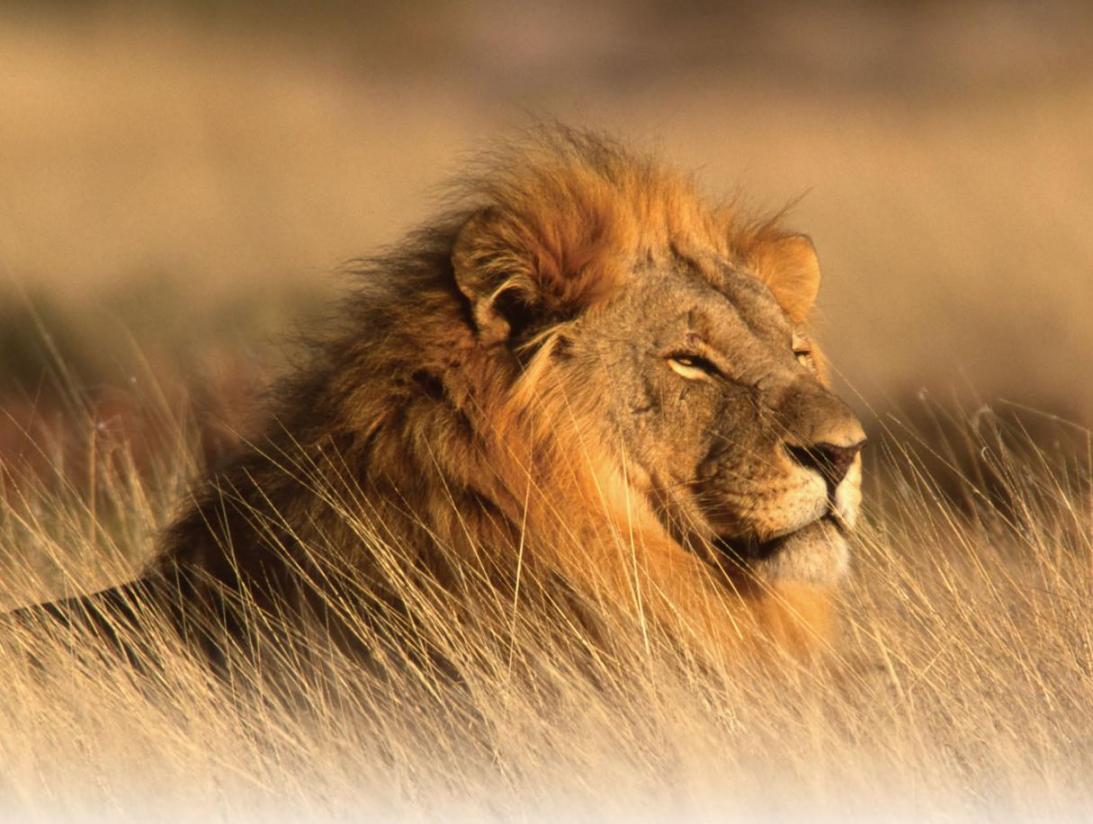Lion populations in West, Central and East Africa are in danger of declining by as much as half in the next two decades, according to a study published on Monday in the Proceedings of the National Academy of Sciences.
Researchers from the University of Oxford looked at surveys of 47 lion populations across Africa conducted since 1990 and used the observed trends to predict how those animals would fare two decades into the future. The results were sobering, CBS News reported.
The surveys, which accounted for an estimated total of 8,221 lions, showed that over the past 25 years populations have declined everywhere, except in four countries—Botswana, Namibia, South Africa and Zimbabwe.
In West Central Africa, there is only one region where numbers are not falling and two areas in which lions are now likely extinct.
A similar pattern was found in East Africa, with Serengeti’s being the only large lion population not in decline.
From this, the researchers, led by Oxford’s Hans Bauer, estimated that lions in West and Central Africa have a 67% chance of seeing their numbers halved over the next two decades. In East Africa, the chances of this are 37%.
“Unless political and funding commitments are scaled up to address mounting levels of threat, lions may disappear from most of Africa,” the study authors wrote.
The African lion, they stressed, “exemplifies the challenges of carnivore conservation”. They are threatened by widespread habitat loss, depletions in available prey, preemptive killing to protect humans and their livestock along with poaching and “poorly regulated sport hunting”.
The lion is listed as vulnerable on the International Union for Conservation of Nature Red List, with the western subpopulation marked critically endangered.
The species would be moved to the endangered list if numbers were to decline by at least 50% over three lion generations, the researchers report. It is under consideration for listing as threatened or endangered under the US Endangered Species Act.
The study results underscore a bright spot in the dim future of African lions. The authors found that in Southern Africa—where the density of human settlement is lower and the abundance of prey higher—populations do not indicate as drastic or widespread a decline.
A system of small, fenced-in reserves that are “intensively managed” and sufficiently funded also plays a large part. The study found that none of the populations in these southern fenced reserves has experienced a sharp decline and that many are increasing in numbers.
“Effective management of lions in large landscapes is also possible, but has rarely been implemented at sufficiently large scale, except in southern Africa,” the researchers wrote.
They caution that without adequate efforts, the iconic savannah landscapes may cease to be the most successful sites for lion conservation and that the majestic animals may lose their venerated status at the top of the food chain.


